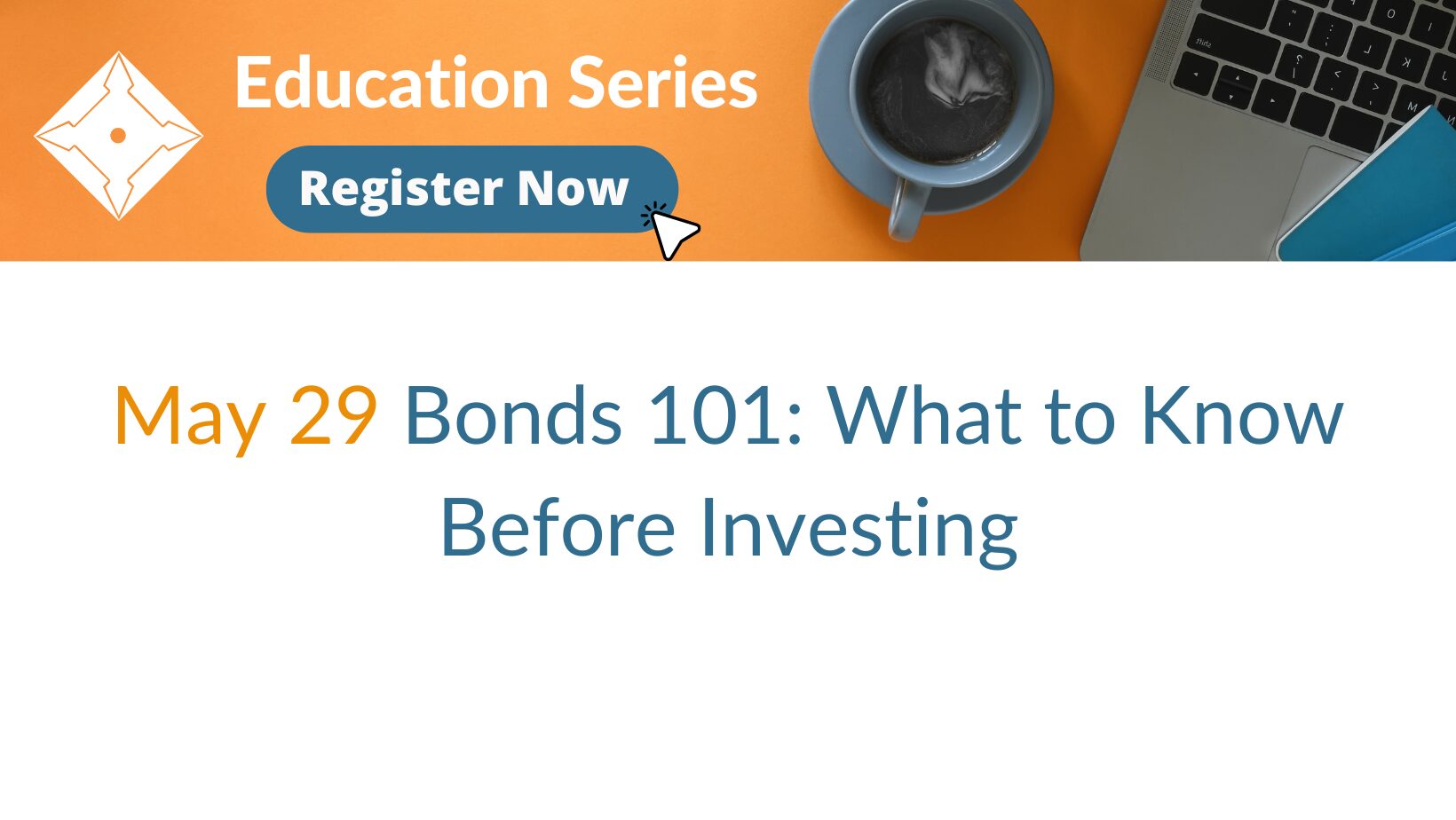The Connection Between Golf & Your Finances
Written by: Bill Engel, CFP® | Senior Vice President
As someone who has played golf for many years, I’ve noticed a few connections between the sport and the world of finance. Through the use of some basic golf analogies, I’ve highlighted important takeaways when it comes to mastering investments and financial planning.
- Use all of your golf clubs. Just like you need to use an assortment of clubs on the course, you need to build a portfolio with a diversified mix of investments.
In golf, the variety of clubs all have different purposes, and you don’t necessarily know when you’ll need one specific club from your bag. For example, you could go a few rounds without using a 5 iron, but when you need it, you will be glad you have it. The same goes for investing – an investor should have exposure to different asset classes in their portfolio that can come in handy during different economic environments (for example, dip or rally in the market, international headlines impacting domestic market, etc.).
When building a portfolio, it’s wise to have a variety of diversified investments. Over the course of a full market cycle, these investment vehicles (just like your golf clubs) will come into play at different times. While some asset classes might not be “used” in the immediate near-term, over time, they can be promising to a portfolio’s success.
- Partner with the right caddy. Work with a financial advisor that understands your financial goals and investments objectives.
Having someone else to bounce ideas off of is very valuable. Sure, a caddy’s responsibilities are to carry clubs, rake traps, find and clean your ball, and help with mundane tasks, but a good caddy also provides guidance that can lead a golfer to success. They are knowledgeable about the course and can provide a professional opinion that will help your game.
One element that distinguishes a good caddy from a great one is their willingness to disagree with you. You want to partner with someone who will challenge you, and have the confidence and guts to tell a player when they might be doing something wrong. This helps you play a steady game as opposed to taking unnecessary risk.
The same goes for working with a financial advisor. Partnering with an advisor can lead investors to a more secure financial future, but you’ll need one who can give it to you straight. A great advisor will keep you on a steady path to make good risk management decisions to meet “par.”
- Play the game backwards. Be strategic about your investment and retirement plans; don’t throw money at random investments and hope it’s a good decision.
Most amateur golfers will go up to the tee box, swing away with their driver and play from wherever the ball landed, not really planning how to play the hole. That’s obviously not strategic and can put you in a lot of undesirable spots (in a sand trap, in the rough, in a spot you could have avoided). Experienced golfers plan their shots and play the game “backward” in a sense. They understand what shots they need to take from the start to get the ball to the hole, and with the highest percentage of success.
When it comes to your investments and financial objectives, use the same strategy. For example, instead of throwing money into random accounts or investments, visualize what you want your retirement life to look like. Understand what kind of money it will take to fund this lifestyle, and then solve for how much you need to save and invest to get to that place. Rather than just swinging away and seeing what happens, there is value in having a plan and working strategically to meet that objective.
About the Author:
Bill Engel, CFP®
Senior Vice President
Fort Pitt Capital Group, LLC
680 Andersen Drive, Pittsburgh, PA 15220
(412) 921-1822 | bengel@fortpittcapital.com


